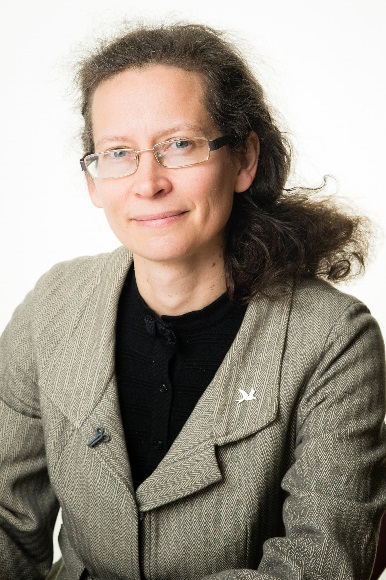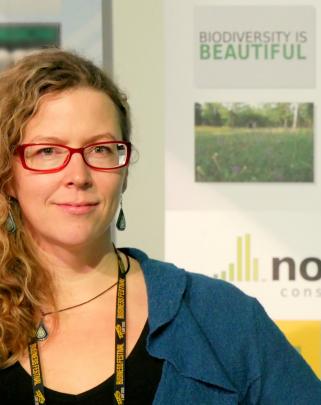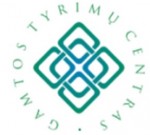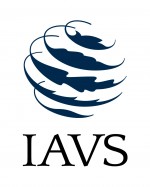Keynotes
In Hands of Farmers and Society: Fate of the Semi-Natural Grasslands in the Boreal Region
Dr. Irina Herzon, University of Helsinki
Abstract
The plight of semi-natural grasslands in the EU is well documented. In the boreal regions, these habitat types are particularly vulnerable to rapid overgrowing and thus their continuous survival is entirely in hands of land managers. Markets, policy, wider societal changes and culture have a decisive role in the use of biological resources within agricultural landscapes. Here, I summarize the established impacts of the EU policy on the semi-natural grasslands. I will proceed with an overview of the most recent policy developments of relevance, including the reform of the Common Agricultural Policy in 2013 with its “greening” elements, and discuss if we can expect it to contribute to conservation. We will look then at the evidence behind pros and cons for the key strategies for grassland conservation: the preservation strategy highlighting public values of the grasslands outside their production value, and transformation strategy that aims at strengthening and rediscovering the economic potential of the semi-natural grasslands. I will illustrate these with some implementation examples from the boreal region. Finally, I will outline tentative directions for future research in grassland conservation and policy.
About the Keynote Speaker
 Irina Herzon is an adjunct professor at the Department of Agricultural Sciences in the University of Helsinki. Her research focus is in applied ecology with an emphasis on conservation in farmland as a multidisciplinary issue. Her aspiration as a teacher is to make conservation of biological resources part of the mainstream agricultural education. Outside academia, Dr Herzon volunteers as an advisor to BirdLife Finland on agriculture and has been involved into developing and evaluating Finnish agri-environmental policy. She serves on the Board of the European Forum on Nature Conservation and Pastoralism. Since 2011, her family co-owns a large organic farm, which is the largest manager of coastal meadows in the region and is active in awareness raising.
Irina Herzon is an adjunct professor at the Department of Agricultural Sciences in the University of Helsinki. Her research focus is in applied ecology with an emphasis on conservation in farmland as a multidisciplinary issue. Her aspiration as a teacher is to make conservation of biological resources part of the mainstream agricultural education. Outside academia, Dr Herzon volunteers as an advisor to BirdLife Finland on agriculture and has been involved into developing and evaluating Finnish agri-environmental policy. She serves on the Board of the European Forum on Nature Conservation and Pastoralism. Since 2011, her family co-owns a large organic farm, which is the largest manager of coastal meadows in the region and is active in awareness raising.
Semi-natural grasslands in Estonia: importance, ecology and conservation efforts
Dr. Aveliina Helm, University of Tartu
Abstract
Semi-natural grasslands are the most diverse ecosystems in Europe, harbouring number of plant species and associated animal species. Grassland biodiversity is linked with the provision of number of ecosystem services in agricultural landscapes, including pollination and biological pest control. During the past century, these unique, highly-valued habitats have undergone remarkable changes in environmental conditions and landscape-scale spatial configuration throughout Europe. In Estonia, semi-natural grasslands have lost 90% of their historical area. Decreased habitat area and reduced connectivity between remaining grassland patches have substantial influence on the persistence of grassland-specific biodiversity and related ecosystem services. In my talk, I will provide overview of the multi-trophic diversity of dry calcareous grassland ecosystems in Estonia and analyse the effects of habitat loss and isolation on the diversity and composition of several species groups, including agriculturally important pollinators, predators and parasitoid insects. I’ll discuss the time-delayed responses of species diversity to changes in habitat spatial configuration, explore the susceptibility of species with different life-history traits and habitat specificity to landscape changes and analyse the effect of dispersal on maintaining and restoring grassland biodiversity.
In Estonia, mitigation measures against grassland loss include subsidized habitat management schemes and support for habitat restoration. In 2014, an ambitious grassland restoration project “LIFE to Alvars” was launched in Estonia with the help of EC LIFE+ Nature programme and Estonian state. Project aims to restore 2500 hectares of overgrown calcareous alvar grasslands by 2019. I'll provide overview of the activities carried out during the project and discuss the possible effects of landscape-scale restoration activities in maintaining the grassland species diversity and related ecosystem services.
About the Keynote Speaker
 Dr. Aveliina Helm is a senior researcher at the Institute of Ecology and Earth Sciences, University of Tartu, Estonia. She has studied the development and maintenance of species diversity of dry calcareous grasslands habitats in Europe, especially focusing on landscape-scale patterns and presence of time-lags in species response to habitat changes. Aveliina Helm is a scientific advisor of the large-scale grassland restoration project „LIFE to Alvars“, during which 2500 hectares of dry calcareous alvar grasslands will be restored in Estonia by 2019.
Dr. Aveliina Helm is a senior researcher at the Institute of Ecology and Earth Sciences, University of Tartu, Estonia. She has studied the development and maintenance of species diversity of dry calcareous grasslands habitats in Europe, especially focusing on landscape-scale patterns and presence of time-lags in species response to habitat changes. Aveliina Helm is a scientific advisor of the large-scale grassland restoration project „LIFE to Alvars“, during which 2500 hectares of dry calcareous alvar grasslands will be restored in Estonia by 2019.








